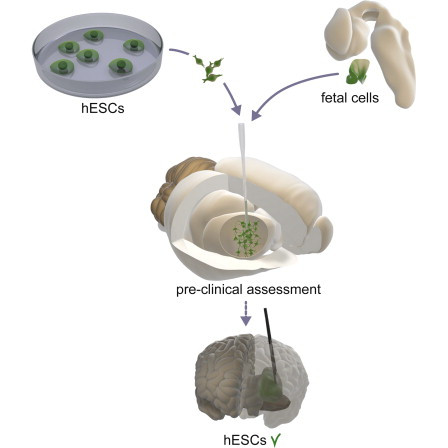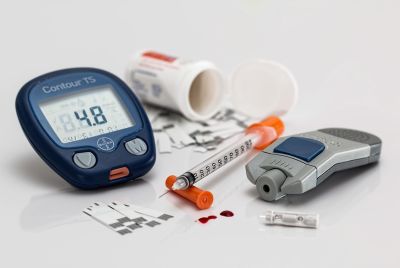Stem Cells Derived Brain Cells Offer Hope for Parkinson's Disease Patients

A major development in embryonic stem cell-derived brain cells could pave the way for the first ever stem cell transplantations in people with Parkinson's disease.
Stem cell-derived dopamine cells in mice were seen to display the exact characteristics and function of the dopamine neurons that are lost in Parkinson's.
The unlimited supply of such transplantable cells obtained from stem cell lines promises clinical application on a bigger scale, says a Lund University press release.
The cells were also shown to communicate over long distances, something that is as important as displaying the same functions as brain cells.
"This has been our goal for some time, and the next step is to produce the same cells under the necessary regulations for human use. Our hope is that they are ready for clinical studies in about three years," says Malin Parmar, who led the study conducted at Lund University and at MIRCen in Paris as part of the EU networks NeuroStemCell and NeuroStemcellRepair.
Human embryonic stem cells (hESCs) were used in the study to develop the brain dopamine cells.
The hESCs are generated by transferring cells from a preimplantation-stage embryo into a lab culture dish containing a nutrient medium. The cells divide and spread over the surface of the dish.
However, the steps involved in turning stem cells into brain cells are complex beginning with the method of delivering them to a specific target, knowing how to integrate them in the brain, etc.
"The sharing of ideas and data has been integral to the success of these networks," says Professor Elena Cattaneo, from NeuroStemcellRepair.
While brain cell transplants using dopamine cells made from foetal stem cells have been done, these face the problem of ethics and availability of discarded foetuses.
The difference between embryonic stem cells and foetal stem cells is that foetal stem cells are a few steps ahead in the game. Where it takes 20 maturation steps for an embryonic stem cell to turn, for instance, into a mature skin cell, foetal skin cells need only 10.
The numbers of stem cells in foetal tissues are not sufficient for therapeutic use. Research is exploring ways to expand the supply of foetal stem cells.
Stem cells are the body's growth and maintenance units that differentiate into the various cell types to build organs. At later stages, they are used by the body to replace damaged tissues.
© Copyright IBTimes 2025. All rights reserved.





















